REBIRTH OF CREATIVITY
INTERVIEW WITH ART PHOTOGRAPHER CHI KUO-CHANG
創作生命的再生-留法影像藝術家紀國章教授專訪
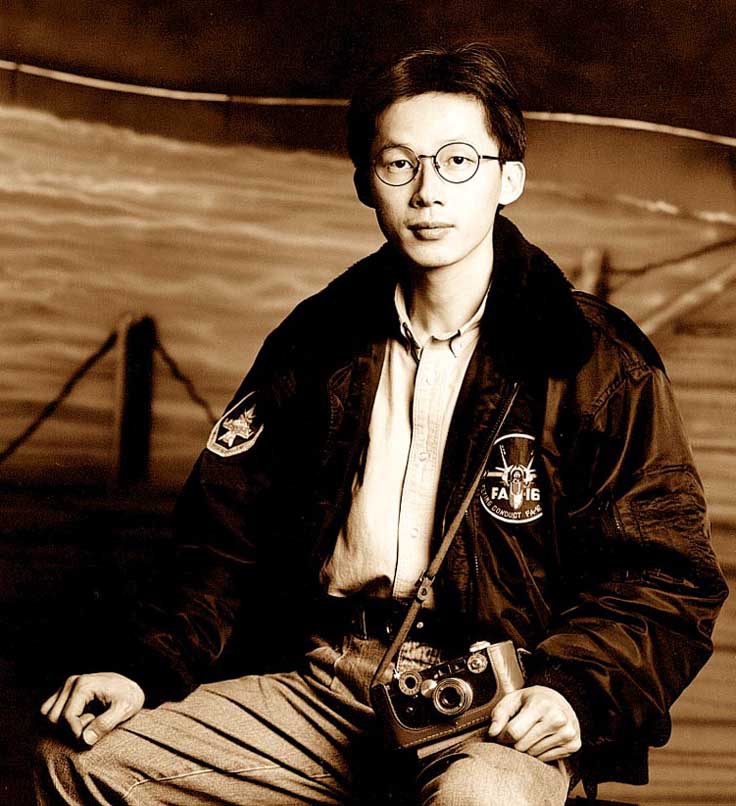
UNESCO/ International P.E.N.--Taipei Chinese Center2005 Report :
Photography artist Chi Kuo-chang discovered early his calling to observe the world through a camera’s viewfinder. He quit his studies at 20, and held his first personal exhibition at 20. After completing his military service, he saved enough money by Newspaper to study photography of Art in Paris, and went from student to assistant lecturer to Professor in six years. He has collected countless awards over his career spanning more than twenty years, and his works are in the collections of major European art institutions. Like his teacher Long Chin-San, he has an award from UNESCO recognizing his contributions to art. Yet in Taiwan, it was a lonely, difficult journey to move from behind the viewfinder into the limelight of public attention as a “Contemporary Visual Artist.” Since 1997 there have been loud cries in Taiwan for a rediscovery of its roots, but the public continued to neglect its artistic culture. Chi Kuo-chang found himself in the desert beset by doubts about the future. Why create art? Who would appreciate it? And what will happen now that digital photography was spreading like wildfire?
Chi Kuo-chang’s art follows two tracks. The first is the “Documentary and Culture” style with mass appeal, while the other track focuses on abstract imagery, seeking the essence of photography and challenging established frameworks. The documentary and culture style includes the “Wild Birds of Taiwan” collection in 1984 when he was twenty years old. This won gold medals in the colored photos category at international photography exhibitions in countries such as the USA, Singapore, Hong Kong and Taiwan. Other documentary works include”Huang Hai-Tai, the Centagenerian Showman,” and ”Faces: Nepal” (1998). Noted works in the abstract track include the “Symbols of Colors” in 1994, “The Dying Flower” which was invited to attend Les Rencontres Internationale de la Photographie d’Arles in 1997, and the soon to be shown “Variegated Shadow” series in 2003. Together the three abstract visual collections are referred to as the “Trilogy of Color.”
Be it documentary or abstract, Chi Kuo-chang’s career as an artist began in the “Pre-Digital Age” and is heir to the grand tradition of the visual arts. To him, a photographer is a painter like Van Gogh and Gauguin, the only difference being the use of the camera. Though the medium of expression may be different, the emphasis is still on the overall composition and the technical skills used to express the artist’s vision.
As a member of the international community of photographers, Chi Kuo-chang soon found his niche in the history of Western visual art. His continued efforts to surpass himself have led to works of increasingly greater depths and technical difficulty. This is an incentive common to artists across the world and how they recognize each other’s artistic essences.
If we go back to the prestigious Arles international photography festival in 1997, out of nearly sixty exhibitions there what would “Chi Kuo-chang” have represented? It was the one image from “The Dying Flower” collection. At first sight, it appears to be a tracery of lines drawn in ink using the “Slim Gold” calligraphy style. Only upon closer inspection do we realize these are the veins of a withering lotus blossom. This expressed the “imagery gene” fundamental to visual perception in a simple yet delicate and elegant manner. Chi Kuo-chang’s overseas artist friends may not know Taiwan from Burkina Faso, but they could certainly tell that Chi Kuo-chang has once again set a new standard in the art of photography since the “Symbols of Colors”. To the international photographic art community, “The Dying Flower” is now a potent emblem synonymous with Chi Kuo-chang.

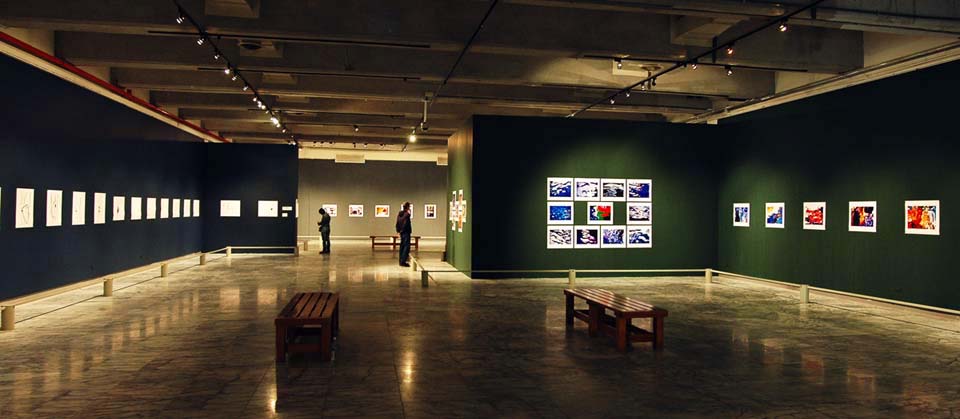











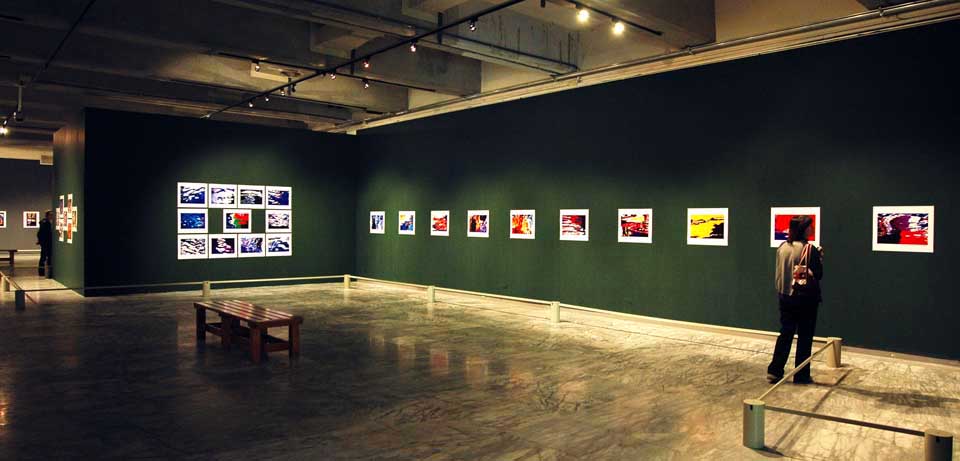



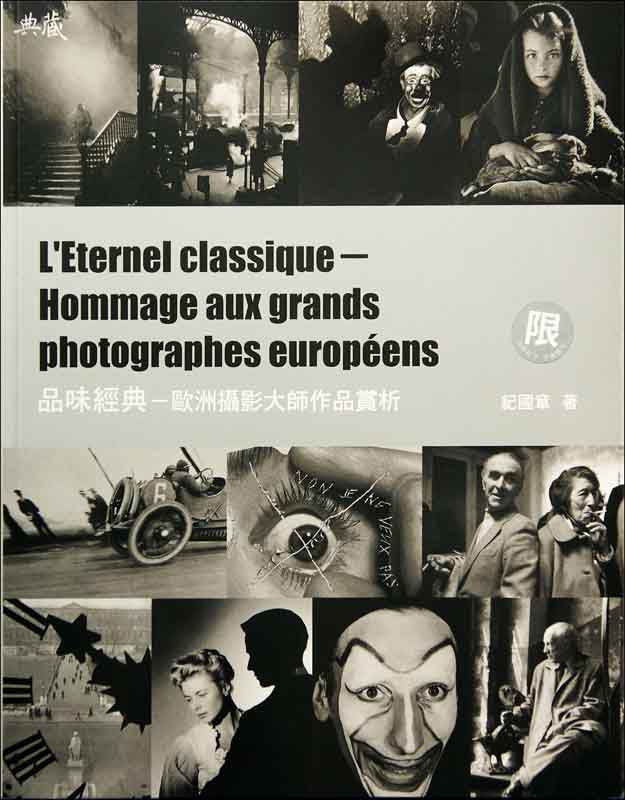
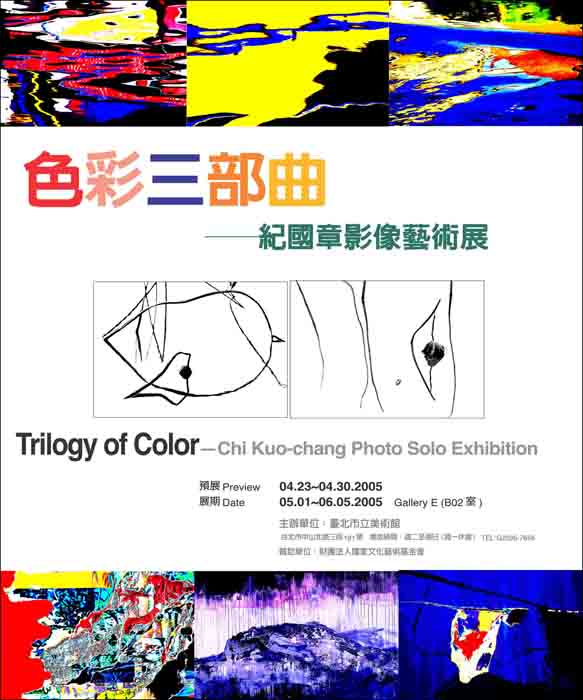



 {{ article.title }}
{{ article.title }}